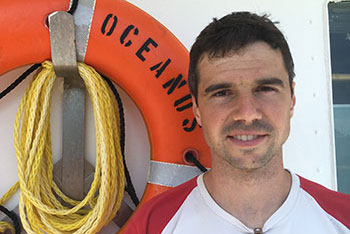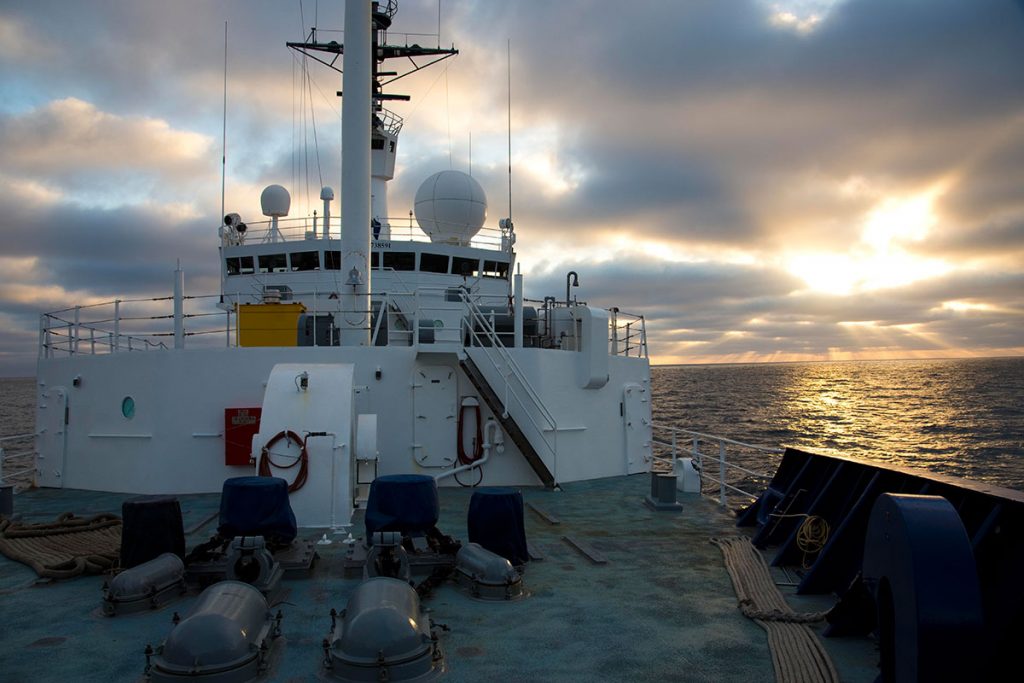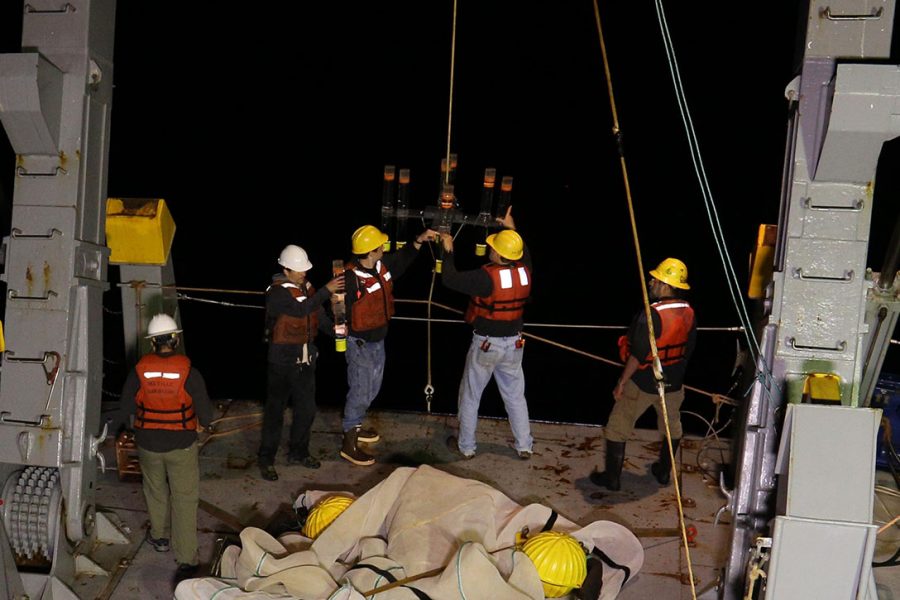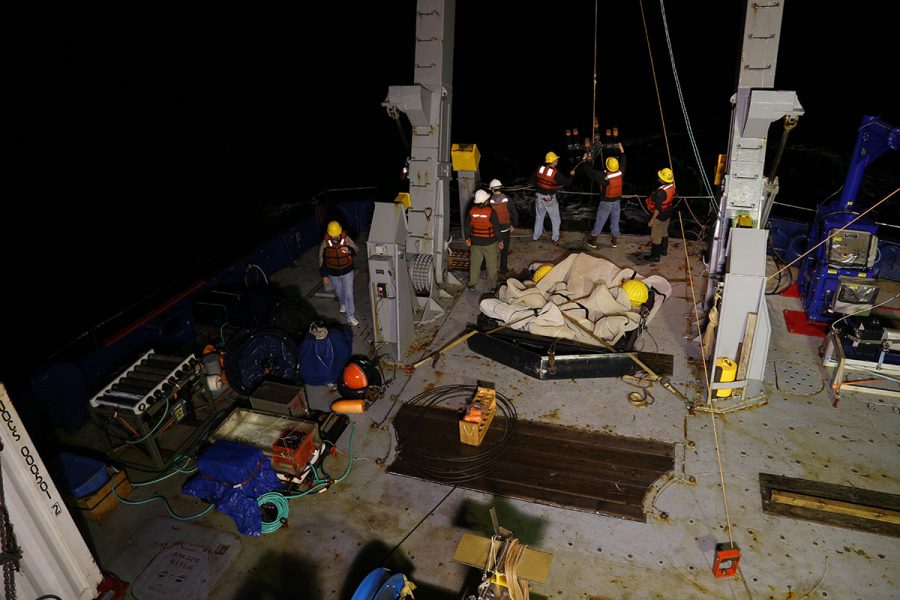
A Florida State University researcher is taking a deep dive into the carbon cycle and investigating how carbon moves from the ocean surface to greater depths and then remains there for hundreds of years.
Those findings could be critical as scientists work to better understand climate change and how much carbon the Earth’s atmosphere and oceans can store.
In a paper published today in the Proceedings of the National Academy of Sciences, FSU Assistant Professor Michael Stukel explains how carbon is transported to deeper waters and why it is happening more rapidly in certain areas of the ocean.
“Algae in the surface ocean contribute half of the Earth’s photosynthesis, but most of the carbon dioxide they take up gets released back to the atmosphere when they die,” Stukel said. “The only way for this carbon to stay out of the atmosphere for a long period of time is to get it into the deep ocean. If it’s in the deep ocean, it can stay put for hundreds to 1,000 years. As the climate gets warmer, will the ocean take up more carbon dioxide or less? That’s what we ultimately need to know. But first we have to figure out how this natural process of oceanic carbon storage works.”
Stukel, assistant professor of Earth, Ocean and Atmospheric Science, has long engaged in studying how the carbon cycle functions. Specifically, he wants to understand the processes that move carbon into the deep ocean where it will not re-enter the atmosphere. Understanding these processes will be critical as the Earth grows warmer and more carbon dioxide is present.

Stukel, who is part of the California Current Ecosystem Long Term Ecological Research project, set out to find answers to some of these questions while on a research cruise off the California coast in 2012.
Stukel and his colleagues suspected that certain areas of the sea were biological hotspots for carbon transport. Much like meteorological fronts converge to create a storm, there are fronts in bodies of water. These fronts typically form where there is a break in temperature or salinity.
And in these areas, scientists typically find dense and varied aquatic life.
Stukel and his colleagues examined one such front off the coast of Santa Barbara, California and set sediment traps to measure how much carbon was being transported to the deep ocean in these areas.
Stukel and his colleagues found that double the amount of carbon was sinking to greater depths along this front than in other areas of the ocean, and the front itself acted as a giant conduit moving even non-sinking carbon to deeper depths.
One of the reasons for the higher sinking rates may deal with algae health.
Stukel observed that diatoms — a type of algae that makes glass-like shells out of silicon — found at this front were not healthy and were making much denser shells than normal. Diatoms typically also absorb high amounts of carbon dioxide. Krill and other small crustaceans feed on these diatoms, and their fecal pellets then sink, taking large amounts of carbon with them. Because they are absorbing higher rates of silicon at these fronts, they are heavier and sinking to greater depths in the ocean.
“A lot of the carbon transport is mediated by these crustaceans,” Stukel said.
Stukel said the information his team uncovered can now be used by scientists who develop models that predict exactly how much carbon dioxide can be stored in the deep ocean. Stukel will also follow up on this work by examining other fronts to see if what he found off the coast of Santa Barbara is a widespread phenomenon.
Other researchers who contributed to the research are Lihini Aluwihare, Katherine Barbeau, Ralf Goericke, Arthur J. Miller, Mark D. Ohman, Angel Ruacho, Brandon M. Stephens and Michael R. Landry from the University of California, San Diego; Alexander Chekalyuk from Columbia University; and Hajoon Song from Massachusetts Institute of Technology.
The work was funded by the National Science Foundation.





